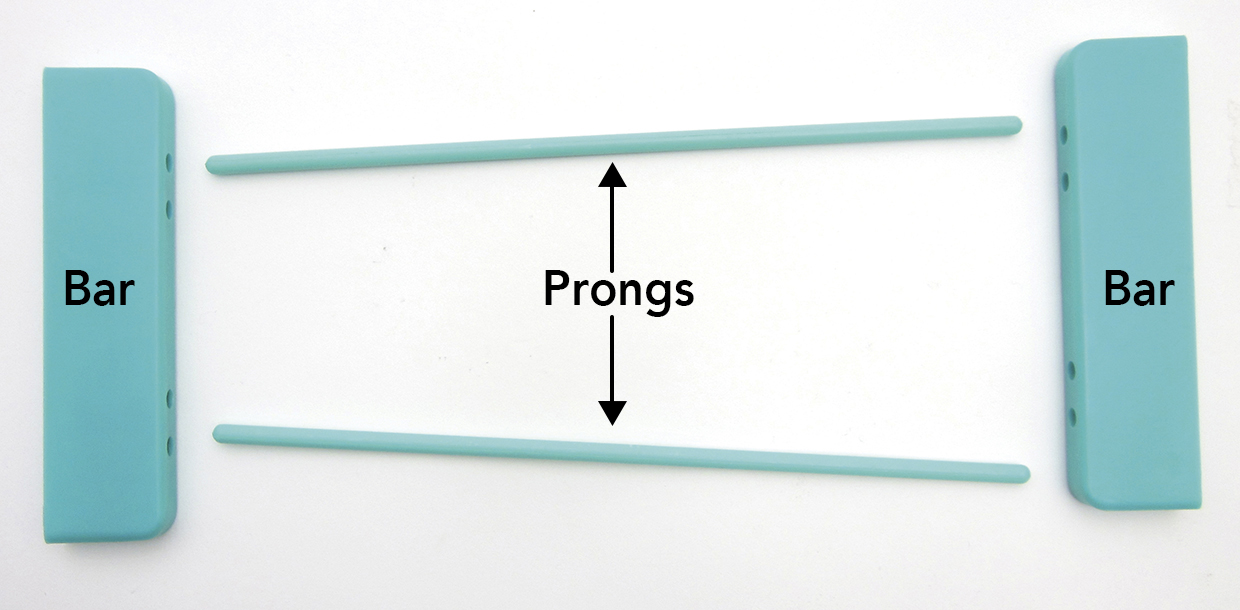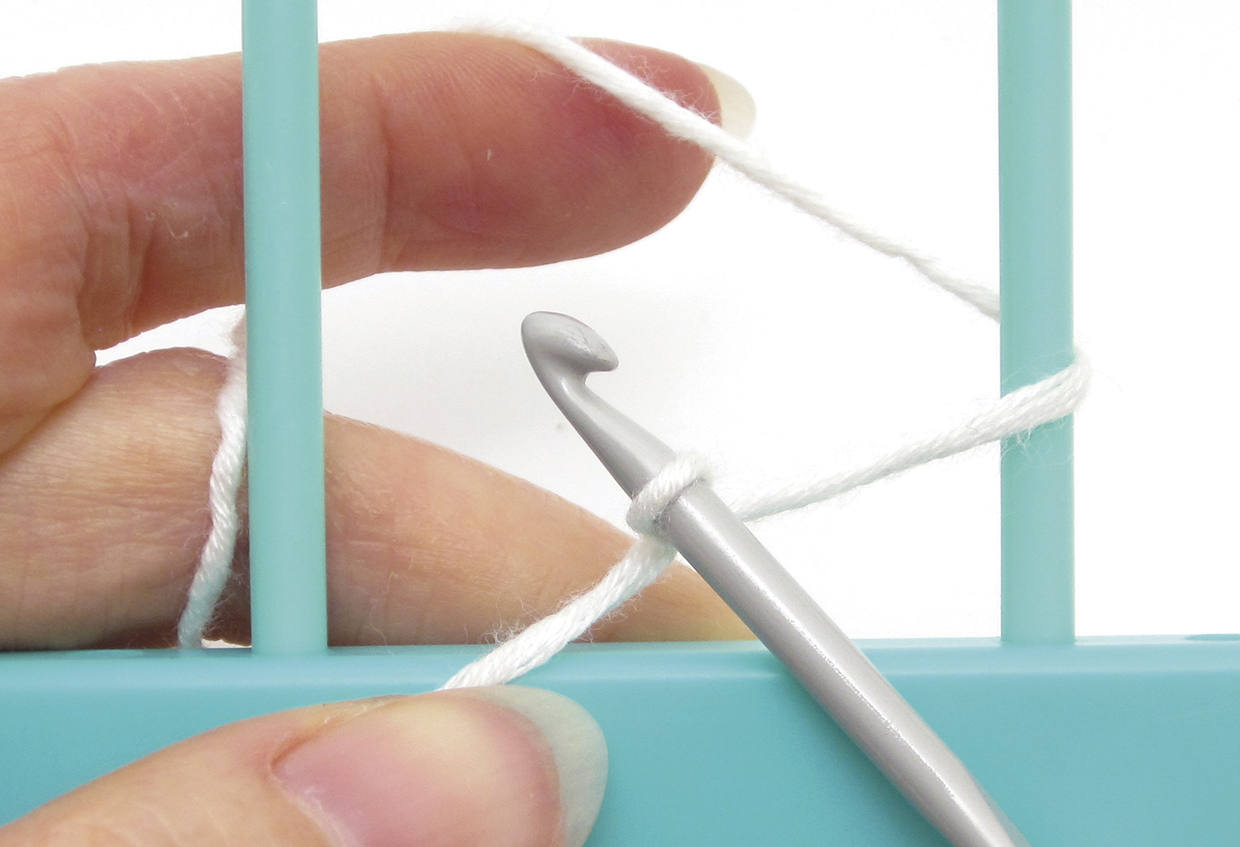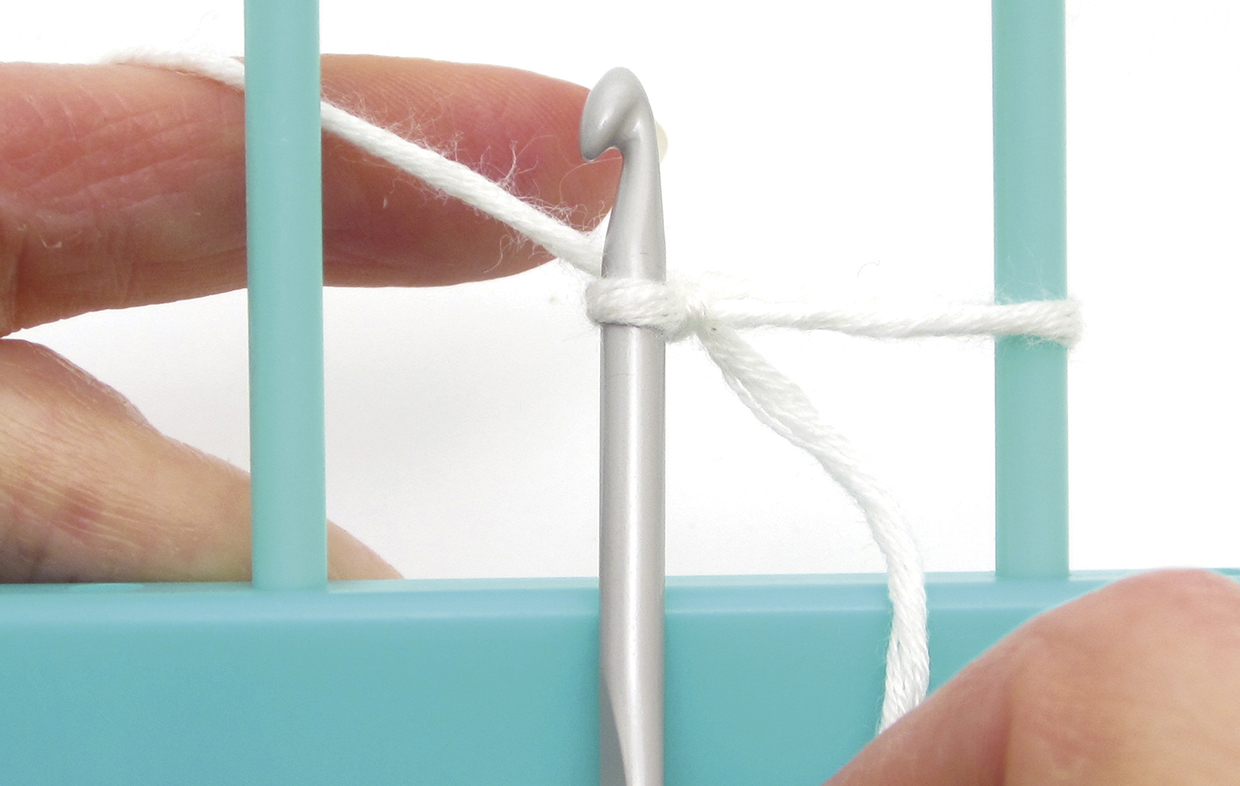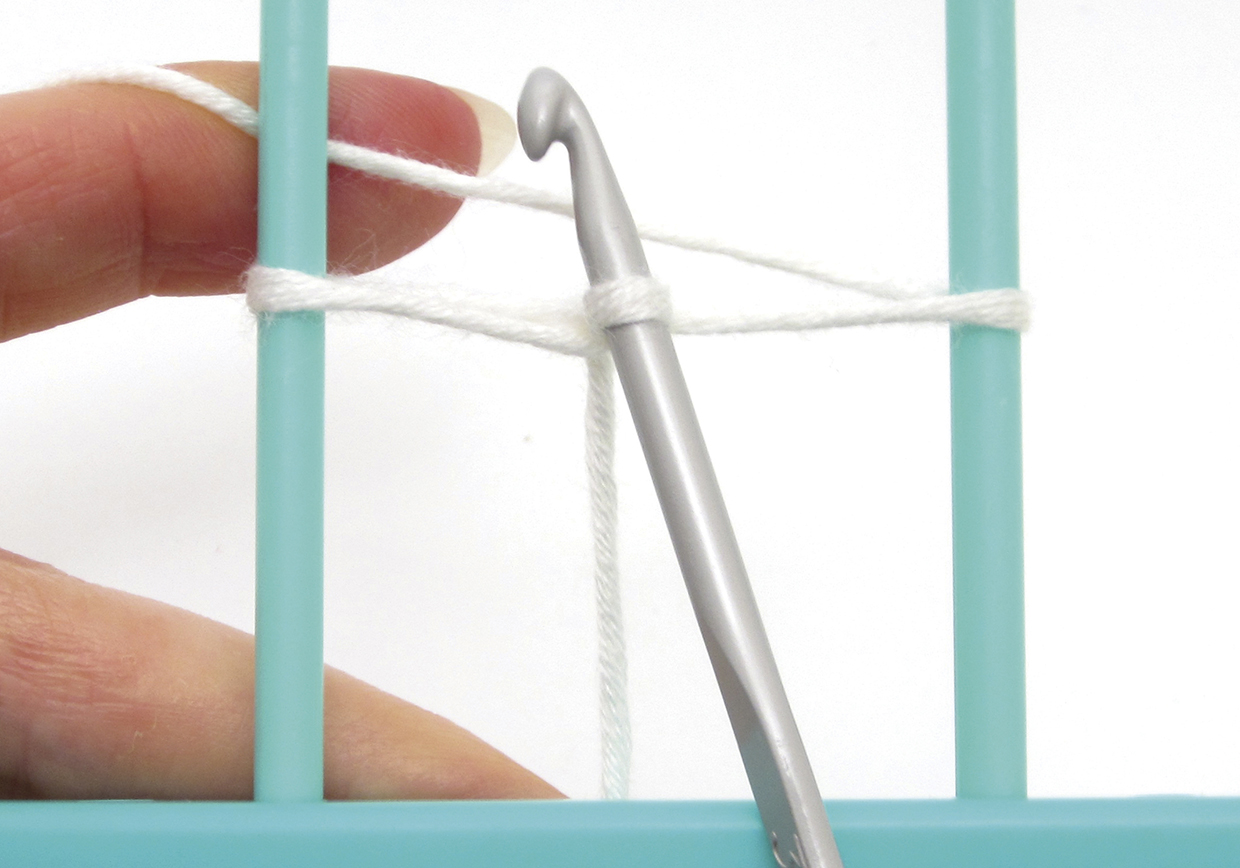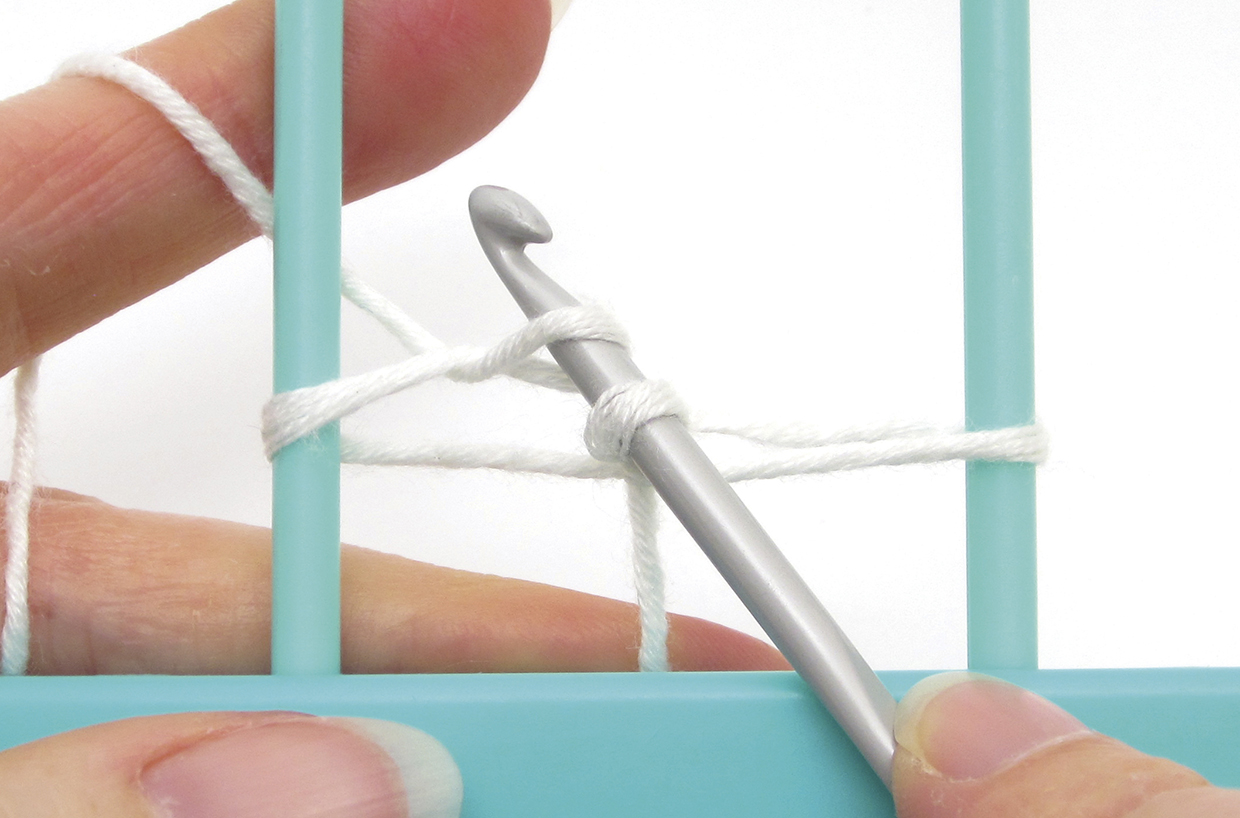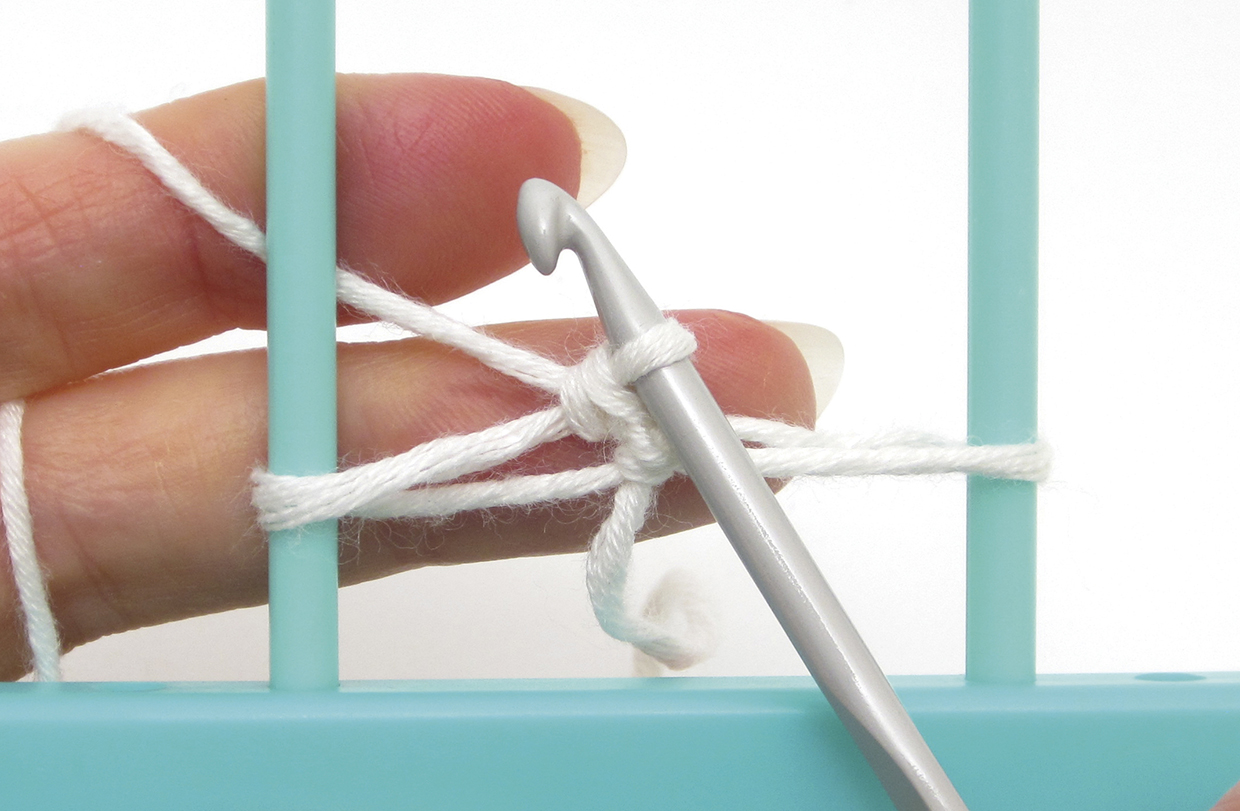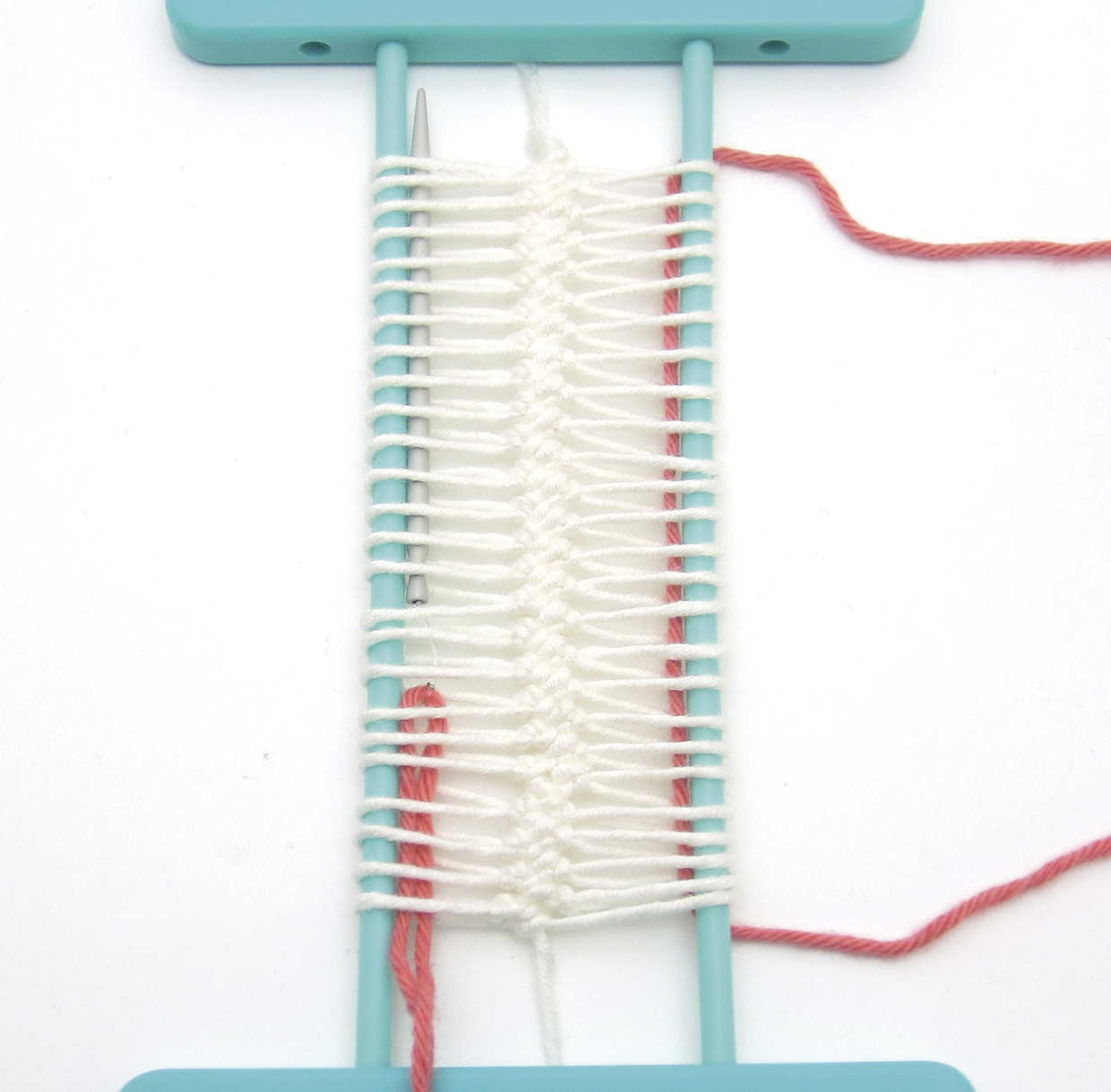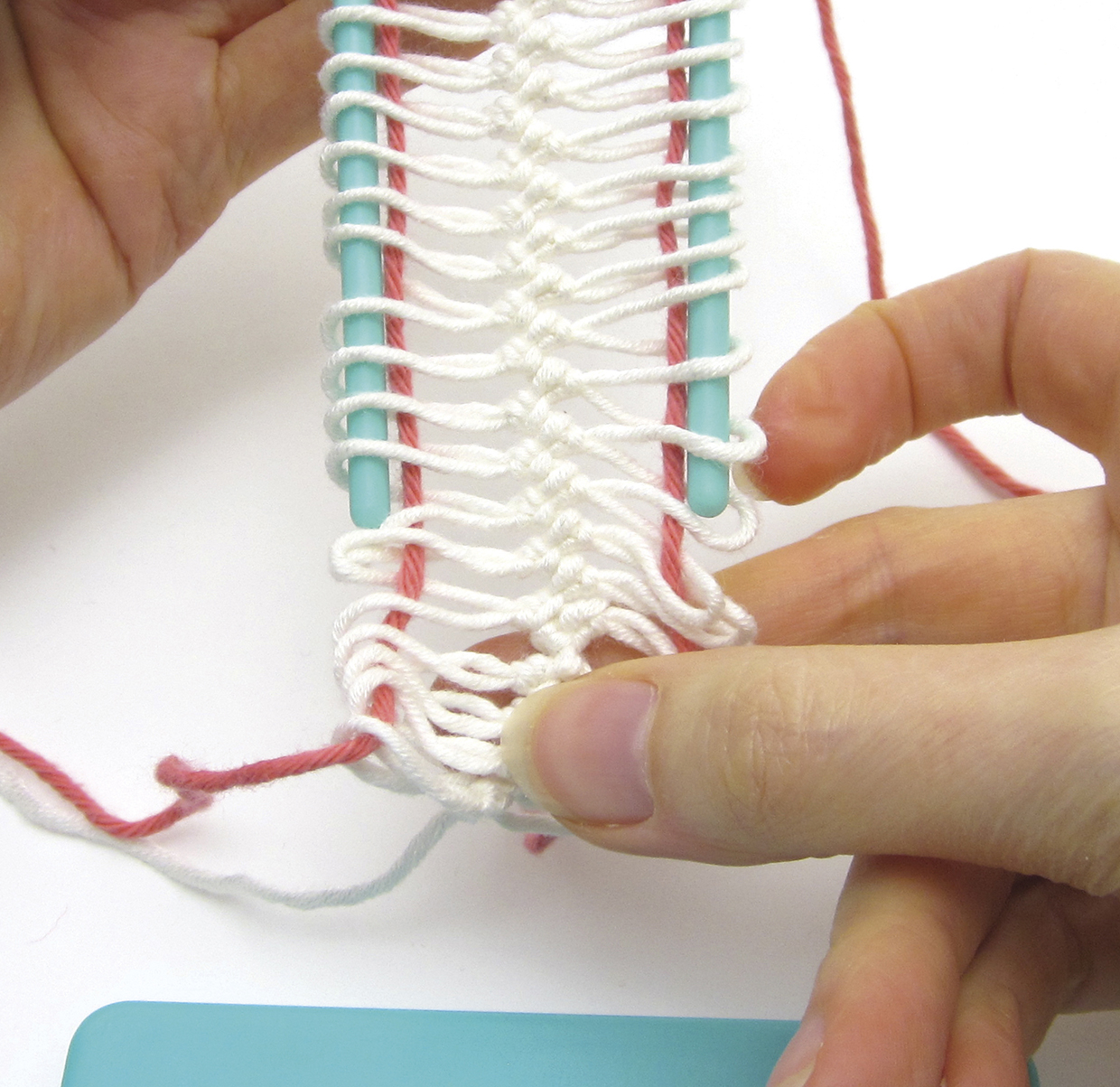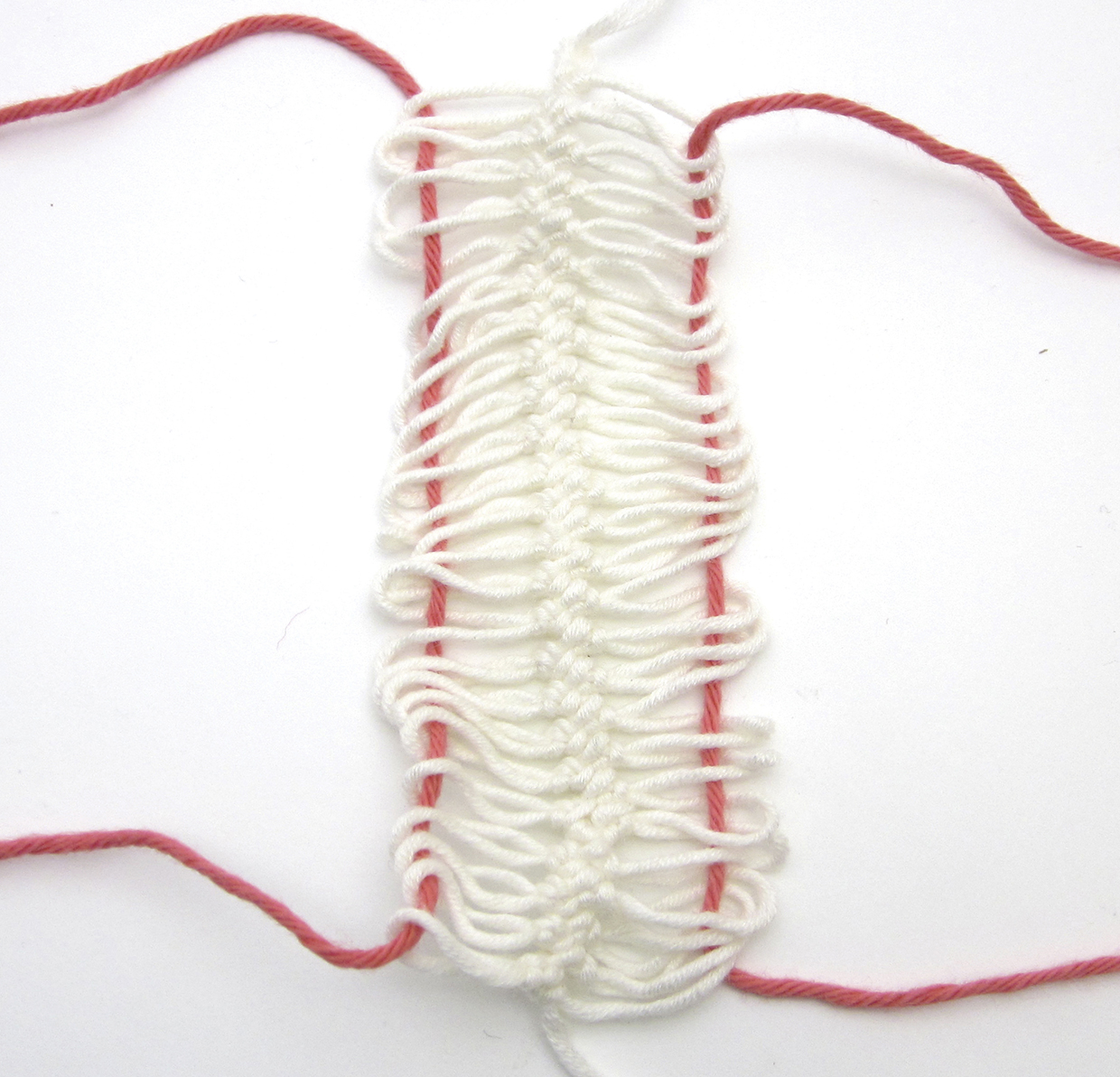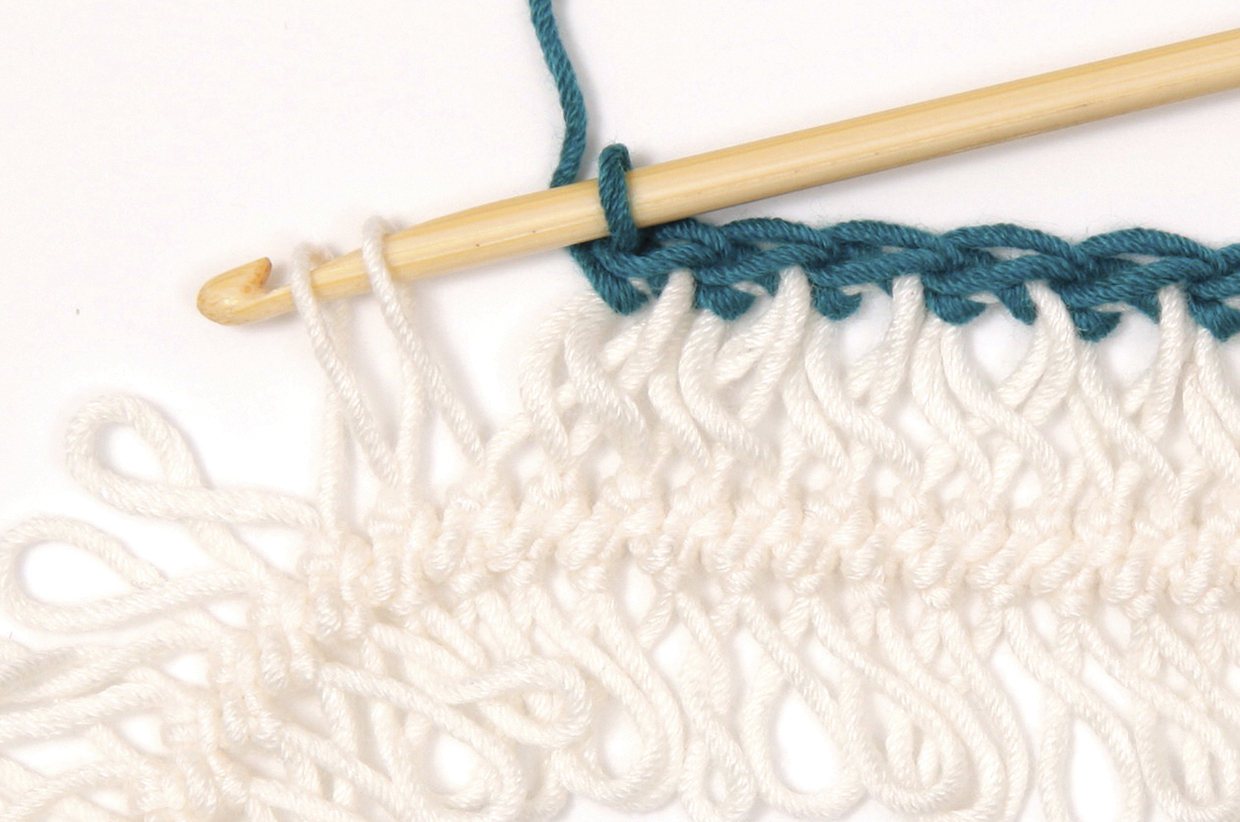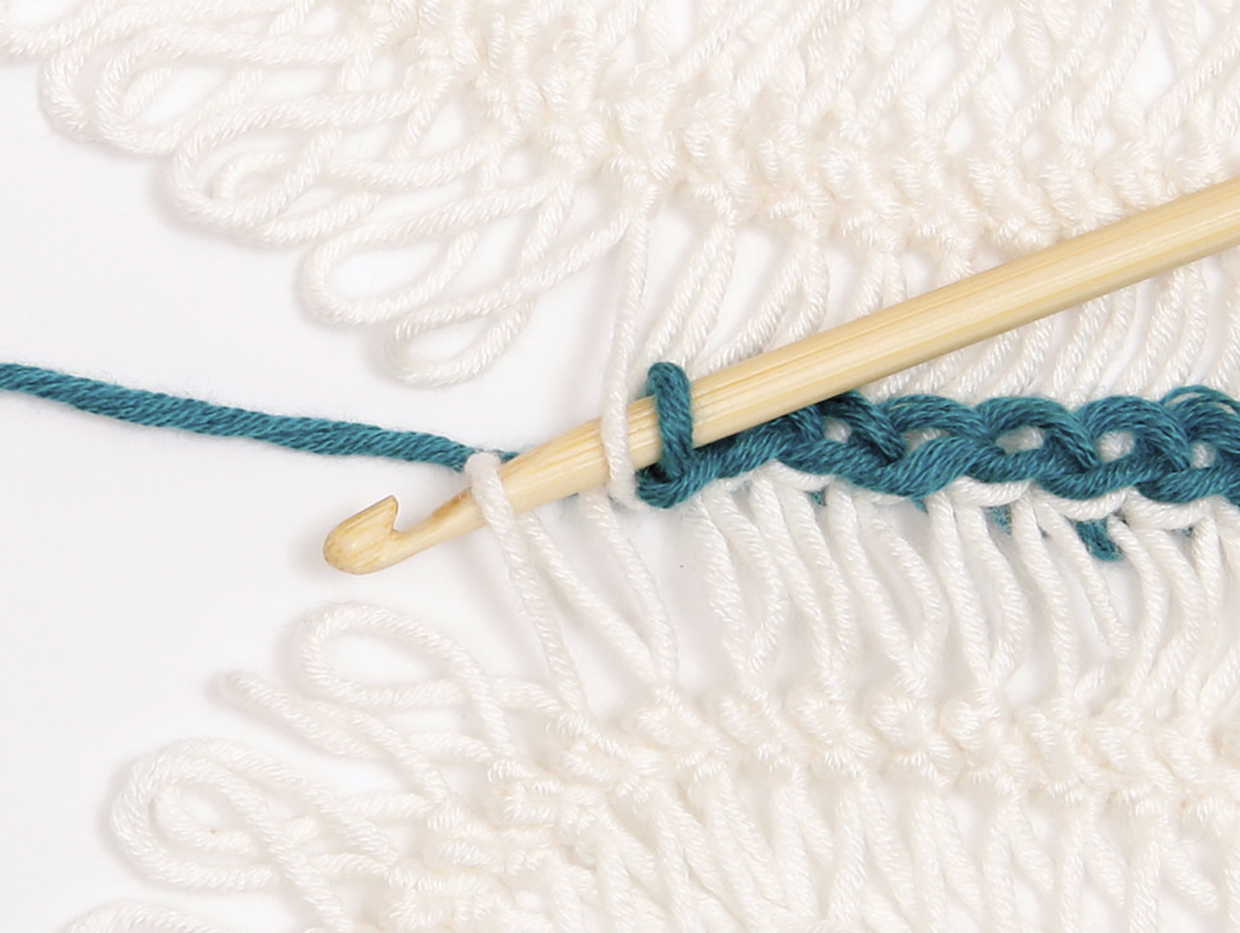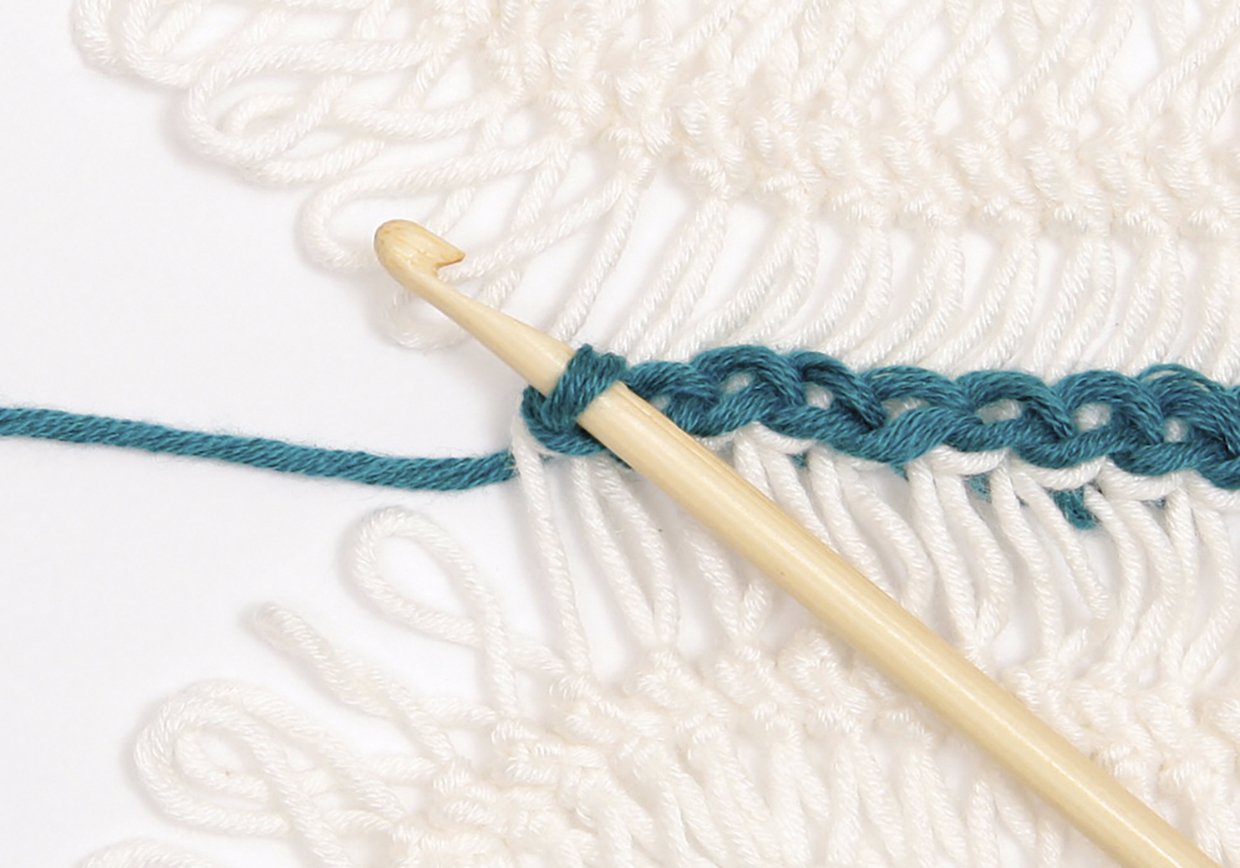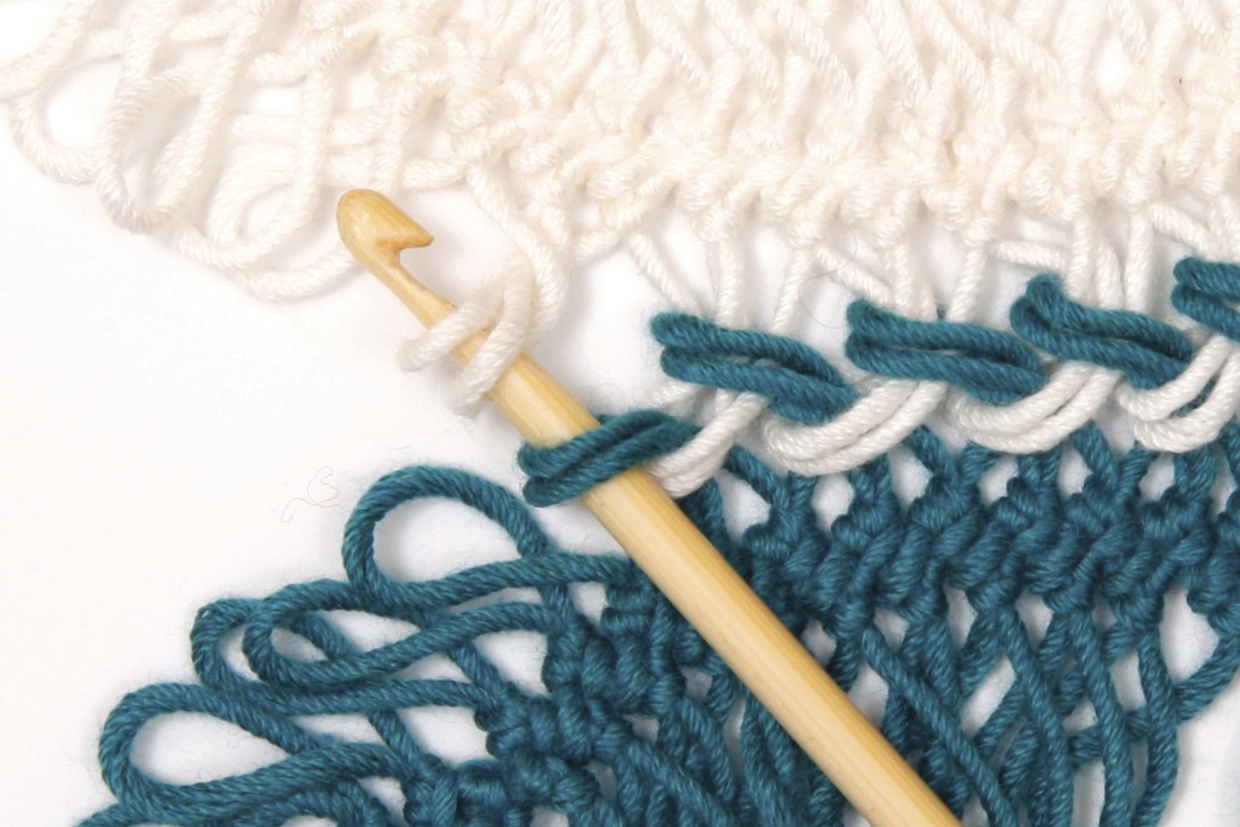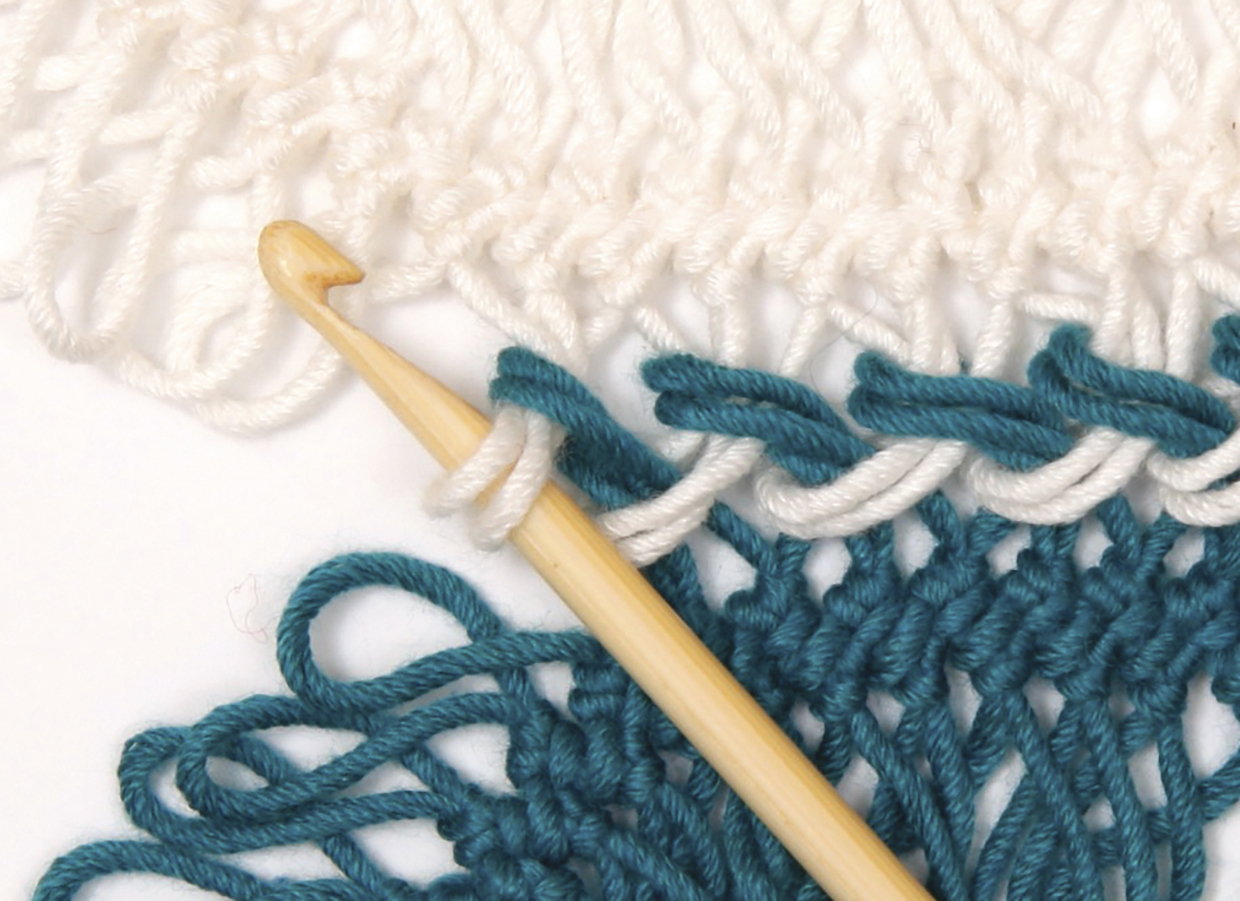The hairpin crochet, or hairpin lace technique, looks complicated but is actually pretty simple to master. Before you know it, you’ll be creating lovely lacy strips or braids you can join together in different ways to form all sorts of effects. You can use any yarn you like to make hairpin lace. Use a fine cotton yarn to make a summer top or a chunky yarn to make a cosy winter scarf – the creative possibilities are almost endless.
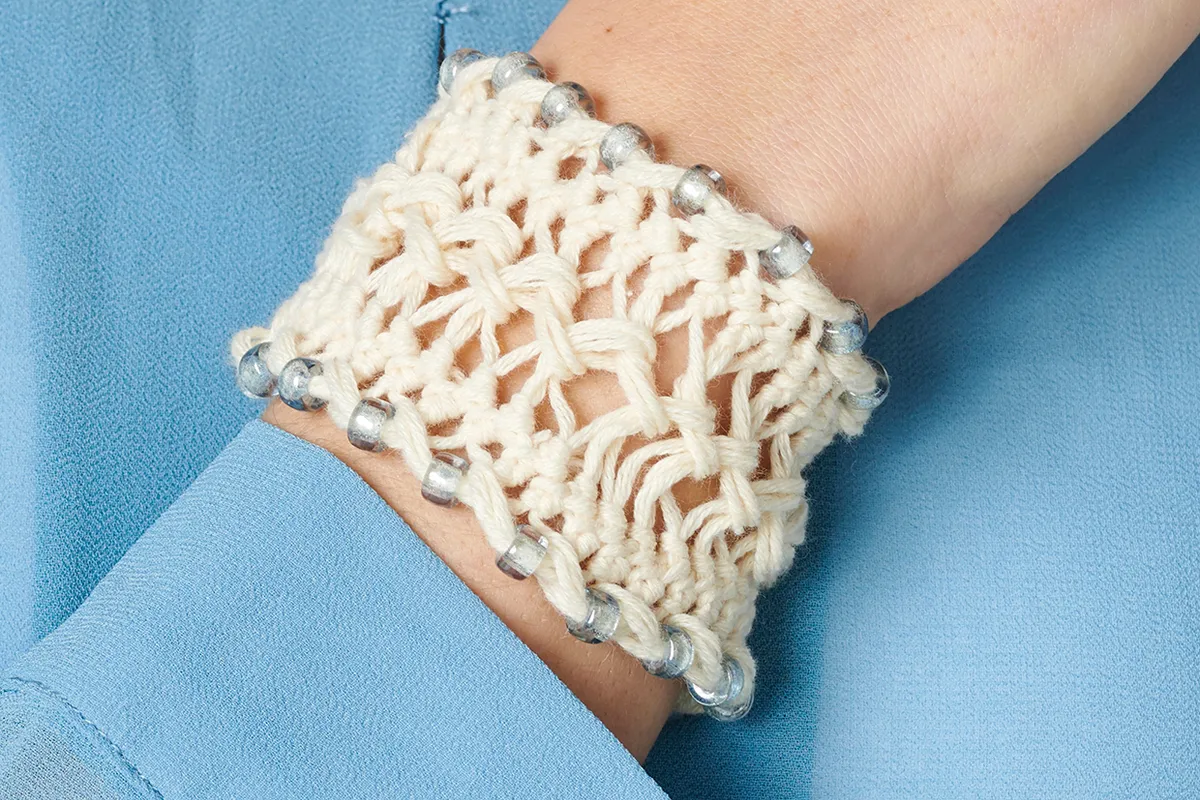
The only special equipment you need for hairpin crochet is a hairpin loom (also known as a hairpin lace fork or hairpin lace tool). If you’ve never used any sort of loom before, and you’re wondering just how difficult it might be to crochet on one, there’s no need to worry. Using a hairpin loom is simpler than you might imagine, so grab loom and let’s get started with this fun and creative craft. You might discover a new passion!
The Hairpin Lace loom used in this tutorial was included with issue 85 of Simply Crochet magazine, however if you missed out there's plenty available online. Here's just a few to choose from!

In the steps below, we'll show you how to use a crochet hairpin lace loom and the basics of how to crochet hairpin lace, as well as some extra steps on how to add edging and how to join strips of crochet hairpin lace. If you're struggling with this tutorial at all, we've also got a handy video below which shows how to use the hairpin lace loom that was included with issue 85 of Simply Crochet magazine.
